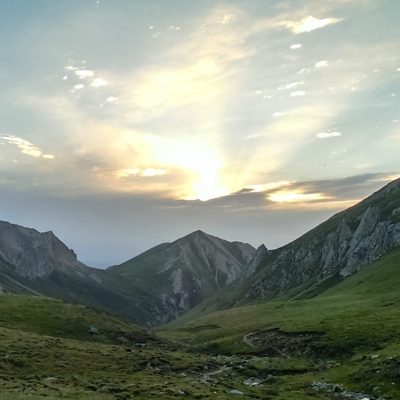Tibet is still today one of the least populated and most remote parts of the world, mostly due to its mountainous and harsh geographical features. The mountain ranges that surround Tibet create a barrier from the rest of the world, leaving some places in Tibet uninhabited. The mountains in Tibet average 22,960 feet high, earning the nickname “Roof of the World”. In Tibet, there are five mountains over 26,240 feet high, including the world’s highest peak, Mount Everest. Tibet is a great playground for hikers, climbers, and mountaineers. Also, frequent flights to Lhasa, Xining, Lanzhou, Chengdu, and Kunming, along with convenient rail and bus access have made this once secluded mystic Buddhist kingdom more easily accessible than ever.
In Tibet, Buddhism is not just a religious belief, it is a way of life. You can see the influence of Buddhism throughout this region. Tibetans view the environment as a place where humans and nature coexist, therefore most of their land is colorful and pure. There are a great number of sacred sites, such as monasteries, nunneries, and palaces, to explore while in Tibet.
The Tibetan Plateau is home to an enormous number of glaciers; on the side facing China alone, the area supports 37,000 glaciers. These glaciers feed Asia’s largest rivers, including the Ganges, the Mekong, the Yellow, and the Yangtze. Civilizations continue to utilize the water provided by these rivers. National Geographic asserts that: “All told, some two billion people in more than a dozen countries -- nearly a third of the world's population -- depend on rivers fed by the snow and ice of the plateau region.”
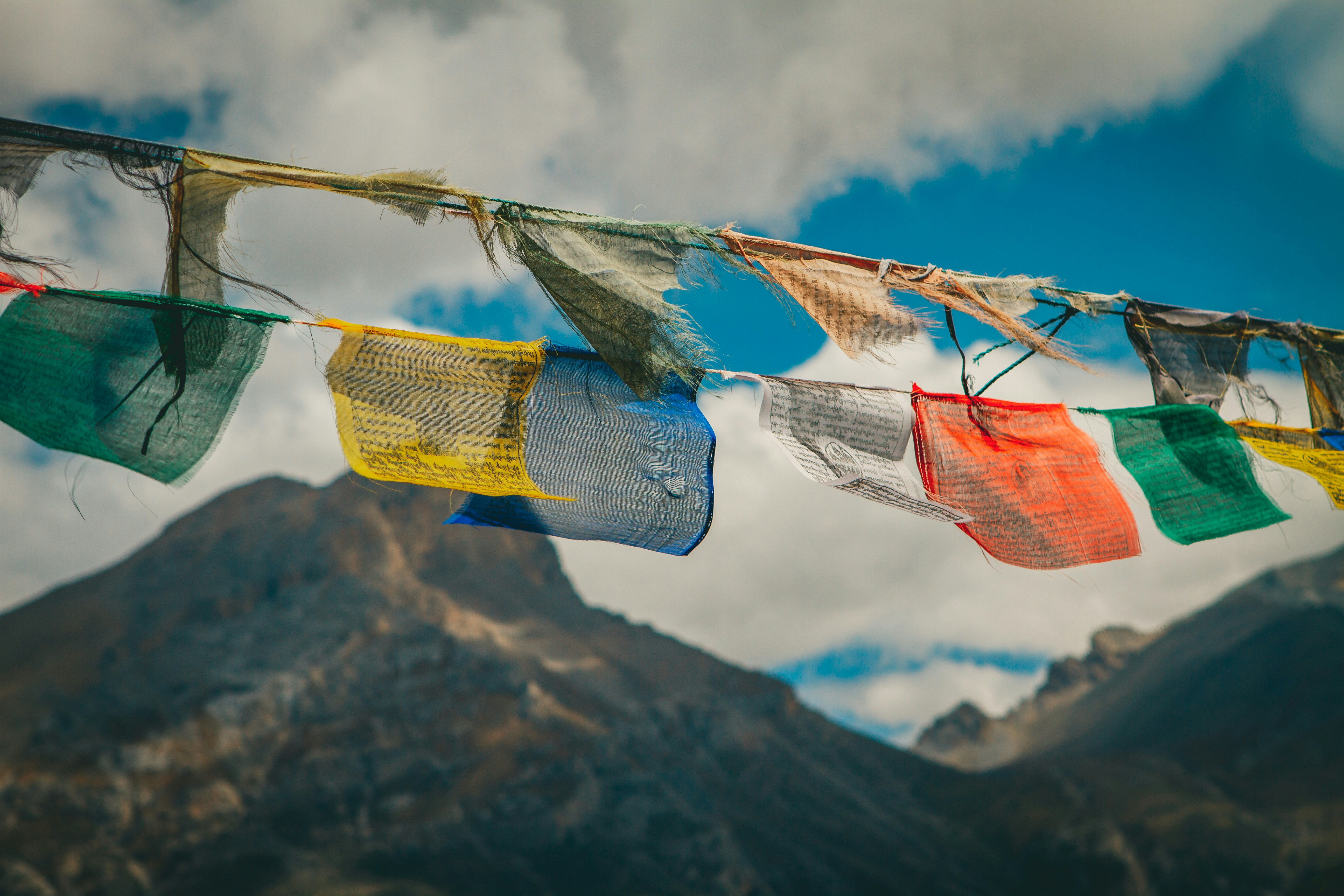
Sacred Stillness: Reconnect with Your Spirit on the Roof of the World
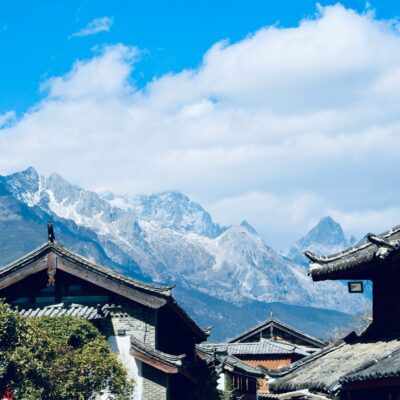
Northern Yunnan: A special tour with Jack and Sophia
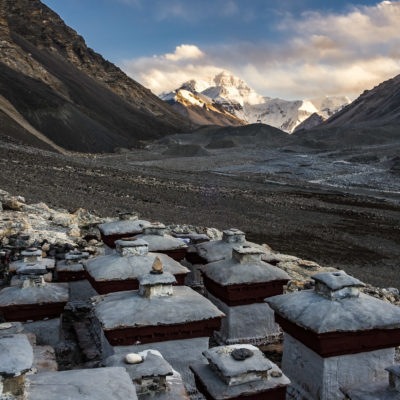
Tibet Photography Workshop from Lhasa to Everest Base Camp
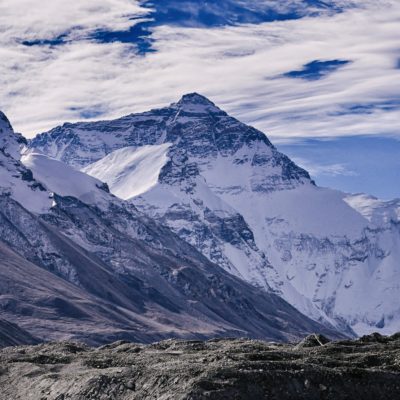
Lhasa to Mount Everest Base Camp
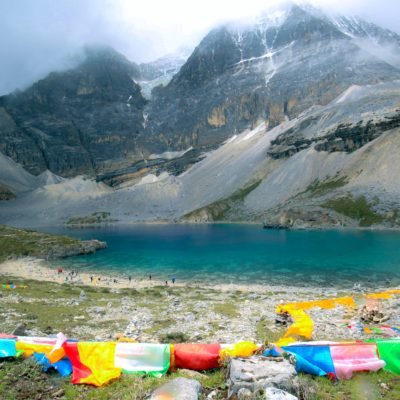
Chengdu to Yading Trekking
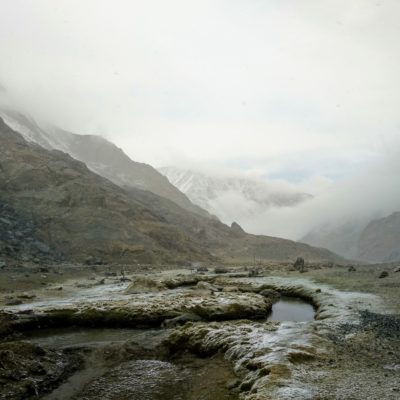
Western Sichuan and Kham Tibet, Trekking
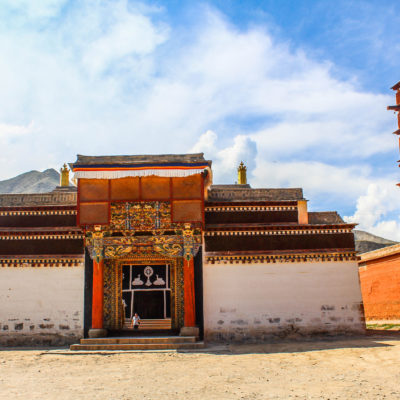
Luxury Romantic Getaway: Exploring Gansu
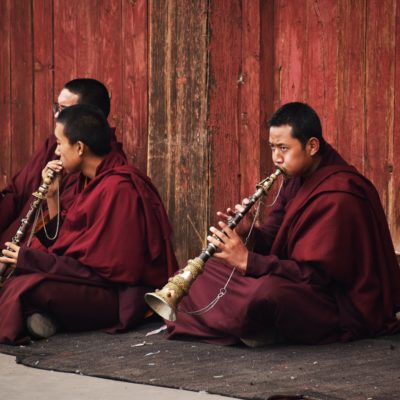
Yushu Ecotour, short version
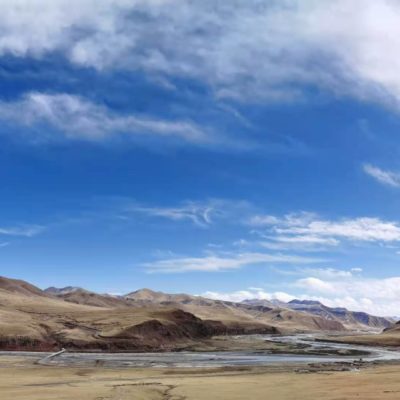
Ecotourism in Yushu: Exploring Sanjiangyuan National Park

Snow Leopard Wildlife Journey
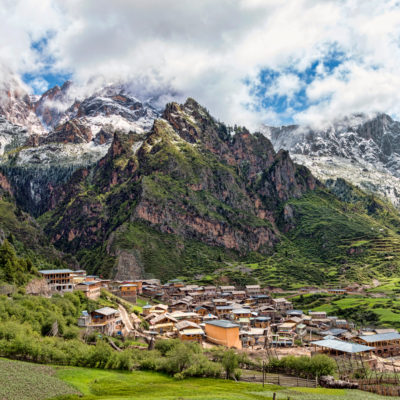
Trekking in Gansu: Lanzhou-Labrang-Langmusi-Zagana
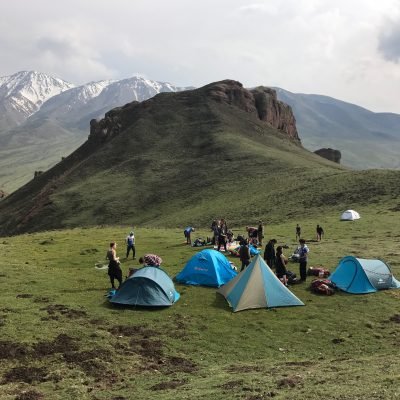
An Introduction to Camping and Hiking

Tibetan New Year: The Great Monlam Prayer Festival
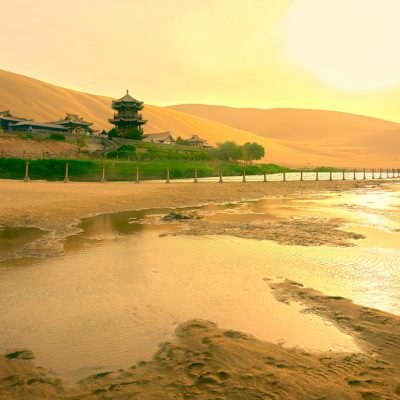
The Silk Road, Zhangye to Dunhuang

Biking Around Qinghai Lake
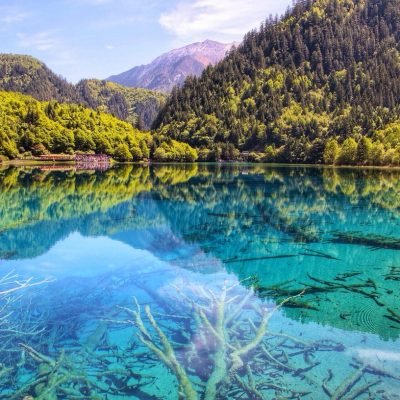
Xining to Chengdu Overland Tour
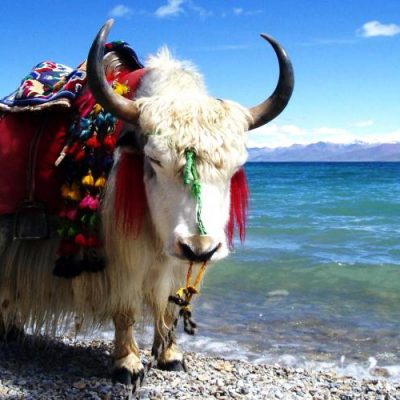
The Land of Yaks
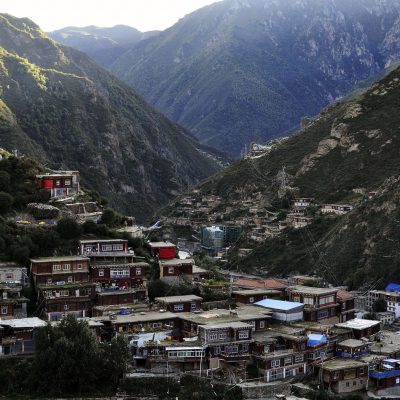
Adventures in Kham (Eastern Tibet), a photography tour

Half Day Cooking Class
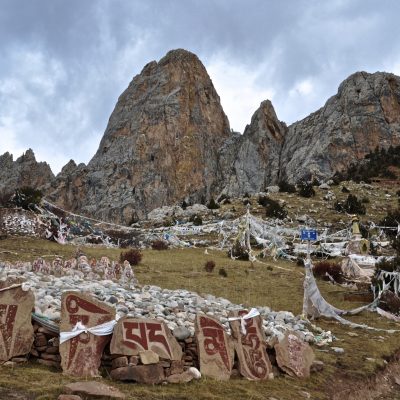
Trekking Nangchen: Splendor and Majesty
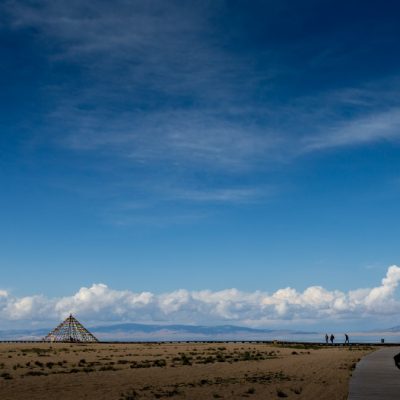
Qinghai Lake Adventure

Wild Rebkong
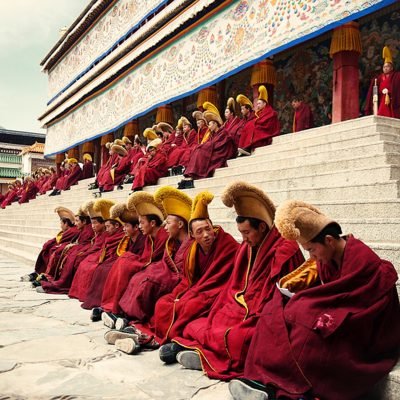
Victoria Shanghai Academy Hong Kong with the Hutong
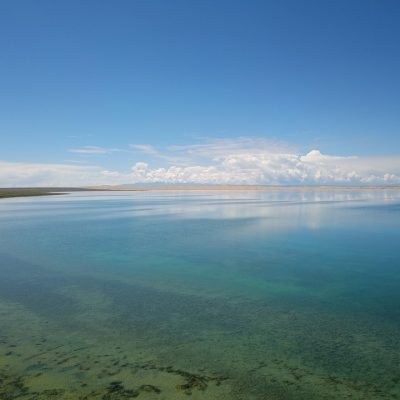
Qinghai Lake and Kanbula National Park
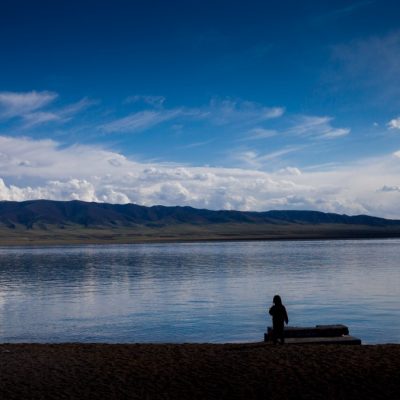
Qinghai Lake and Serdzong Monastery
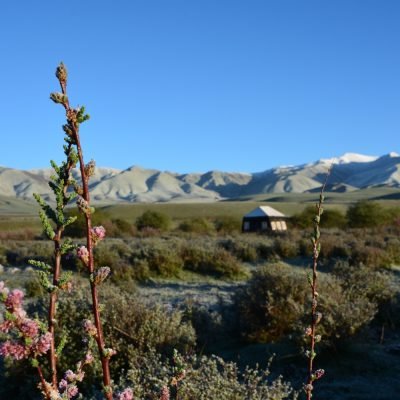
Glamping in the Plateau
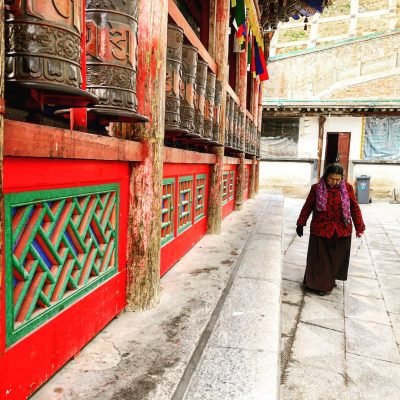
Two Unique Monasteries
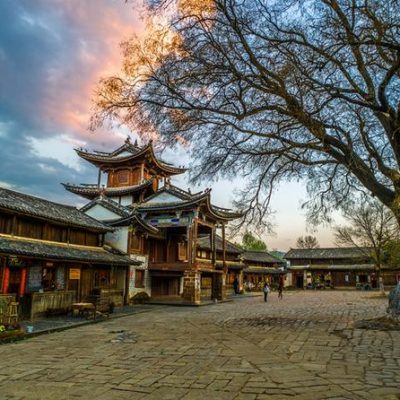
Incredible Northern Yunnan
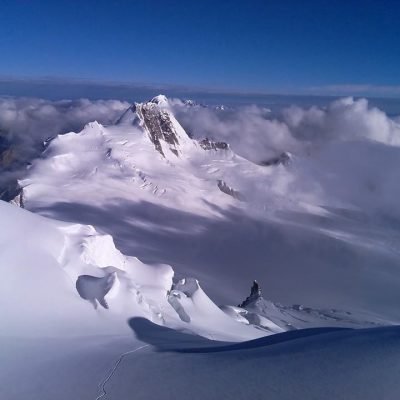
Chola Mountain
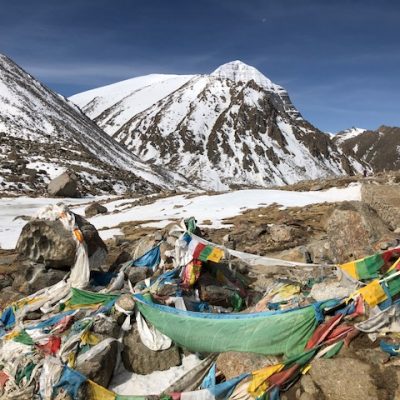
Lhasa to Mount Kailash and Guge Kingdom
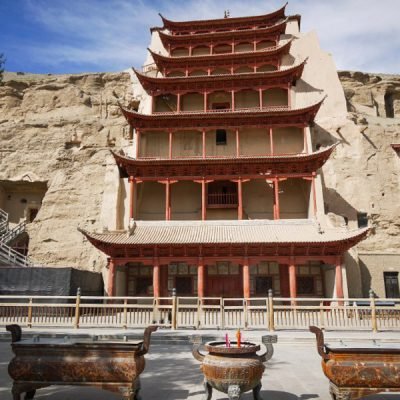
Gansu’s Silk Road Hexi Corridor + Amdo Tibet
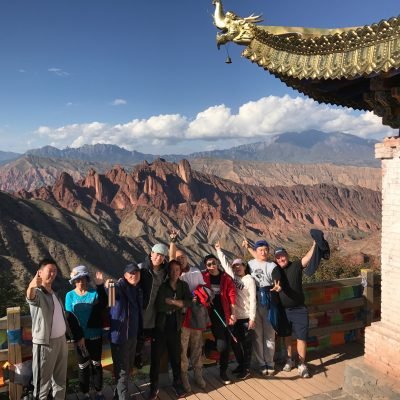
Team Building Weekend at Kanbula National Park
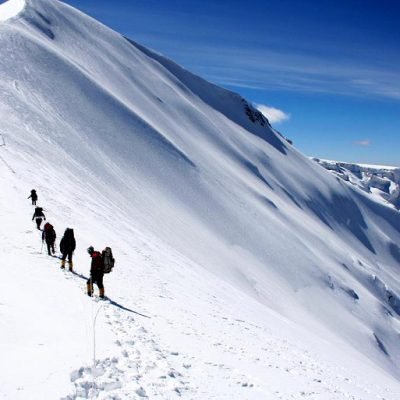
Mount Haba Expedition

Four Sisters Mountain Peak Three
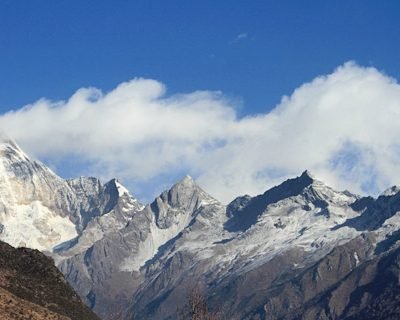
Four Sisters Peak One, Peak Two, and Peak Three Combined
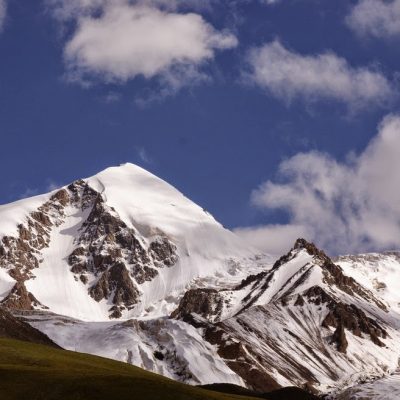
Yuzhu Feng Expedition
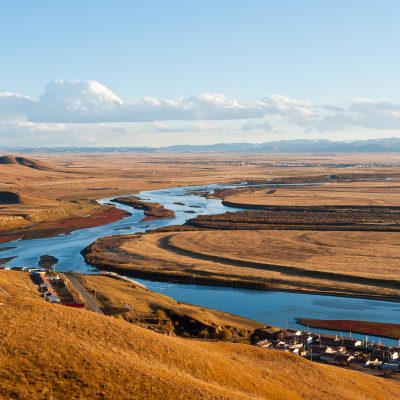
The Headwaters of the Yellow River
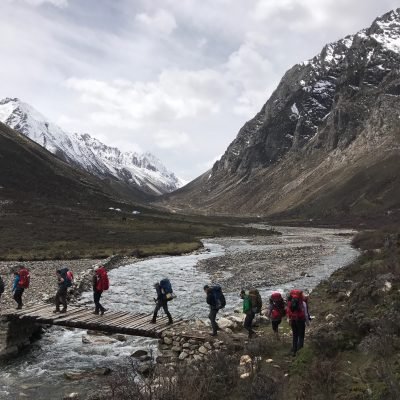
Trekking Legendary Minya Konka
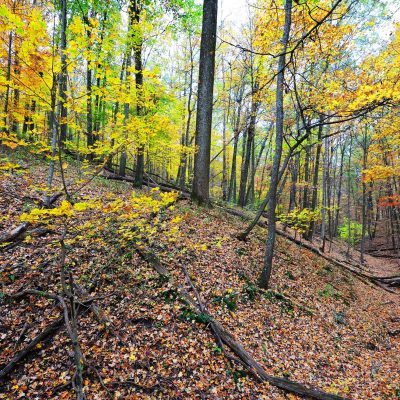
Team building Weekend Event
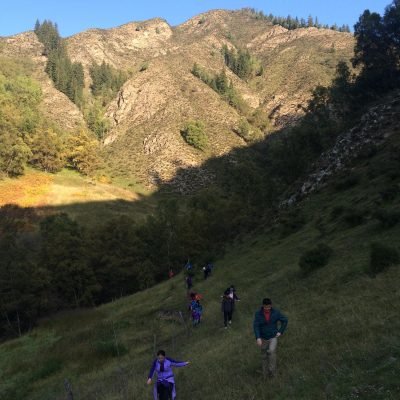
Niko
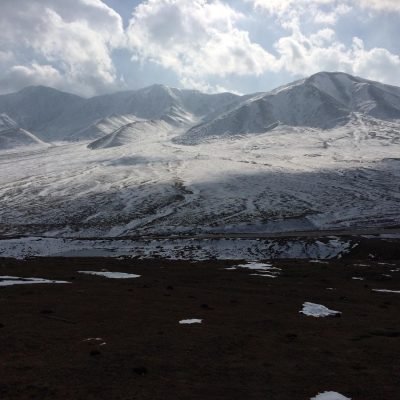
Laji Mountain one day team building
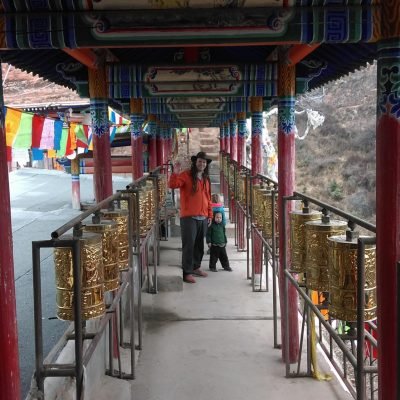
Sharzong Ritod Monastery Day Trip
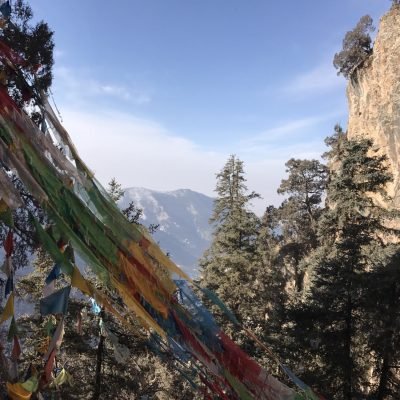
YouNing Monastery Day trip
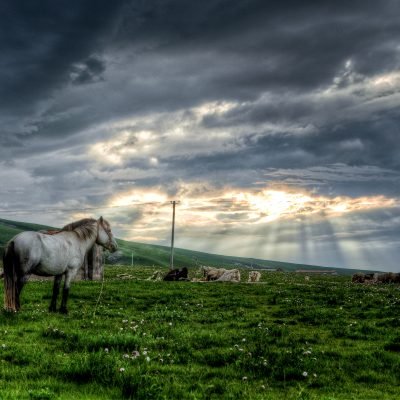
Qinghai Lake Day Trip

Thangka Paintings and Yak Yoghurt
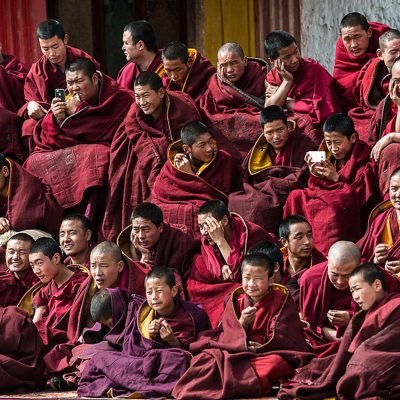
Kanbula and Labrang
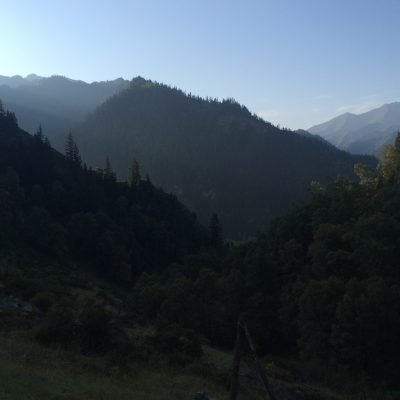
DDQ Wild! Qinghai, Western China
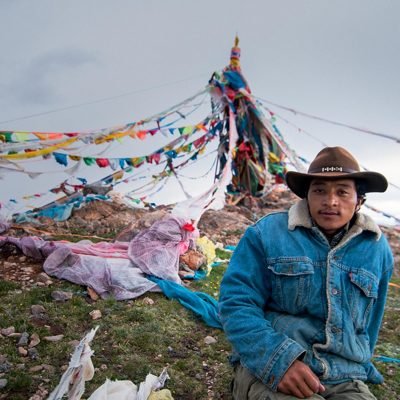
Amdo Soul
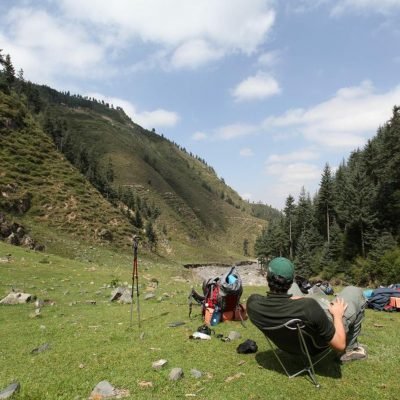
Xunhua to Rebkong Backpacking
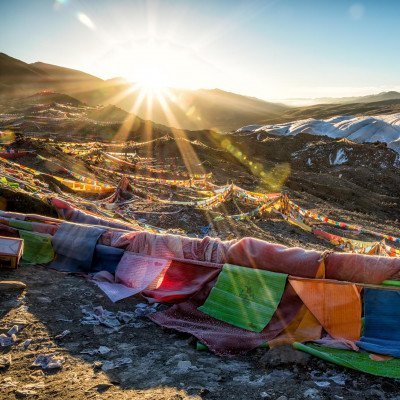
The Spirit of the Glacier: Trekking Amnye Machen
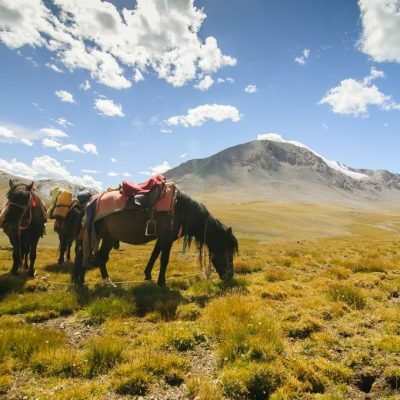
Sutras and Saddles
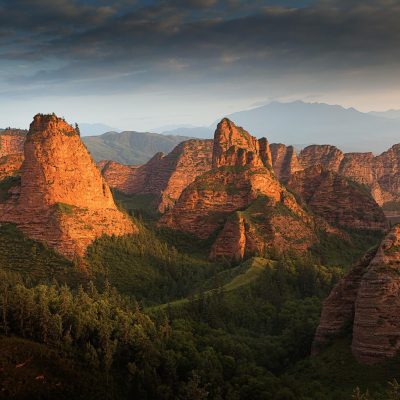
Red Rocks and Monasteries
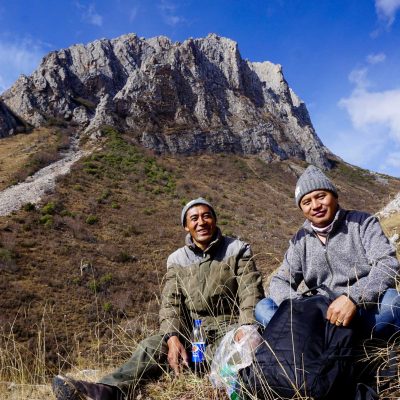
Prayers in the Plateau

Pilgrim’s Pride
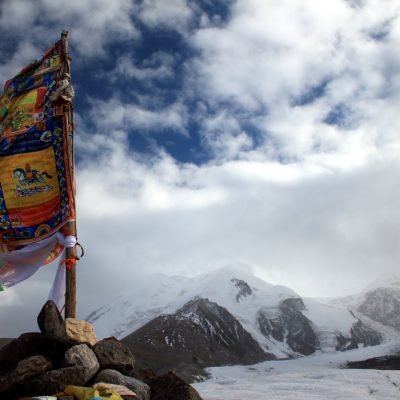
Wild Golok: The tribe of the Yellow River
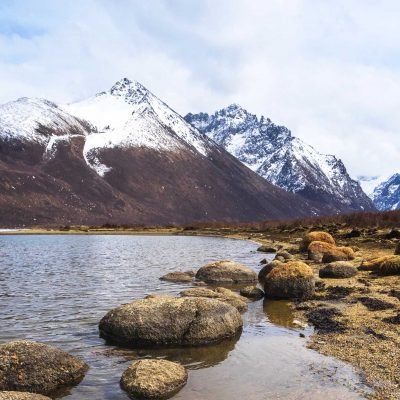
Nyenbo Yurtse
